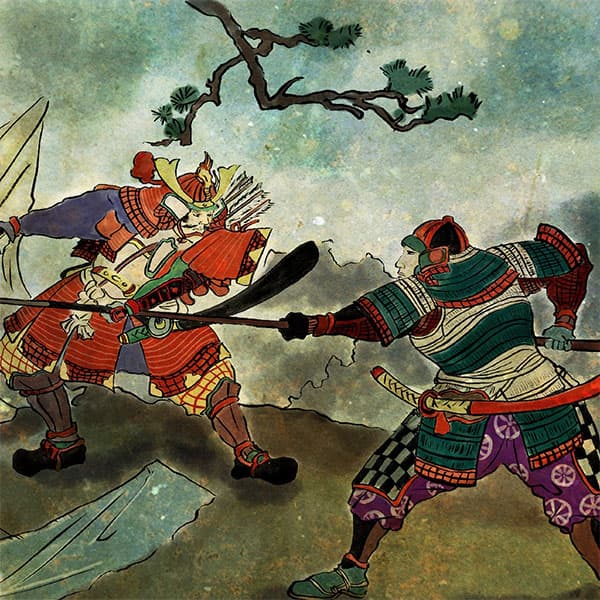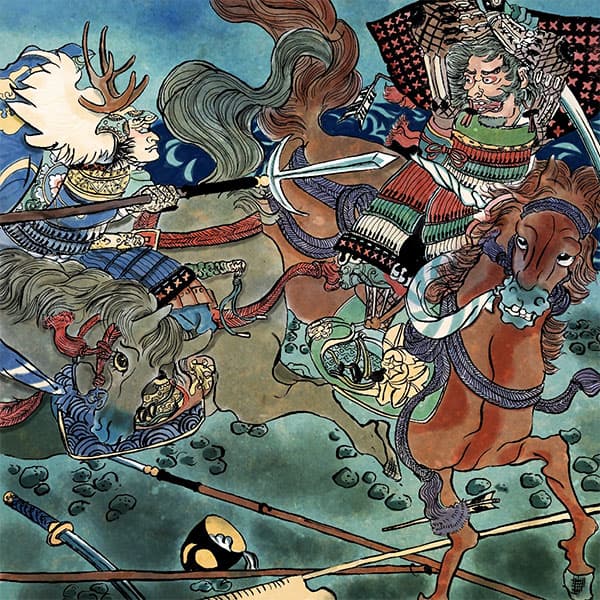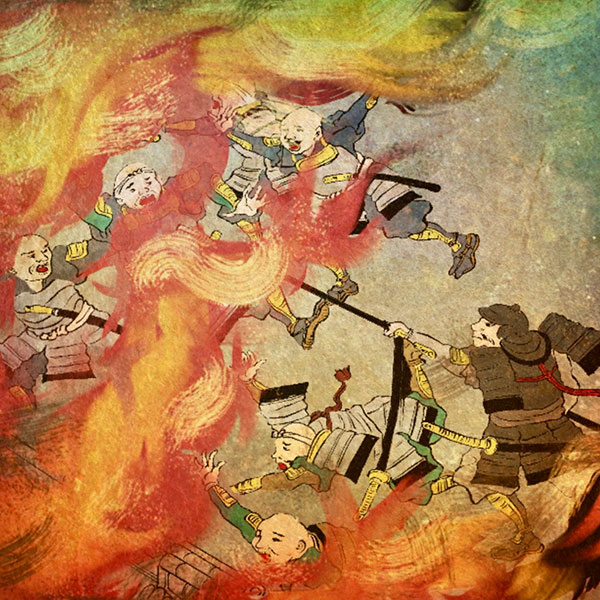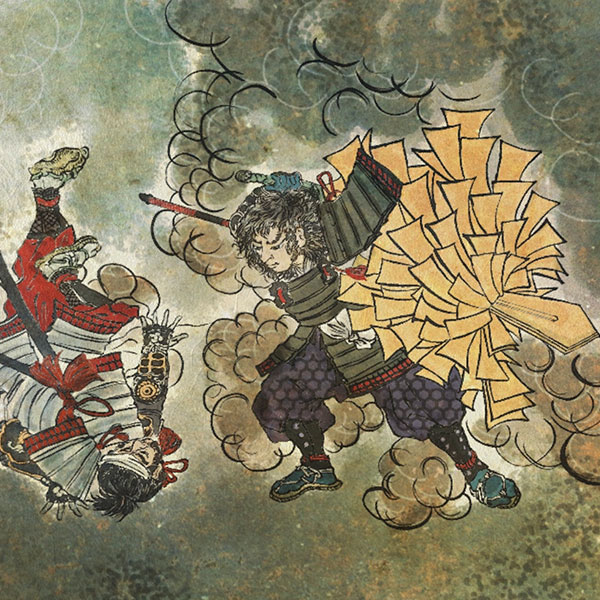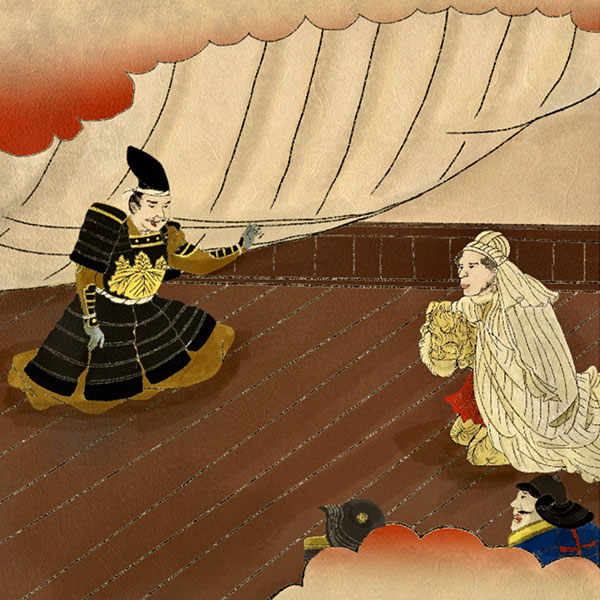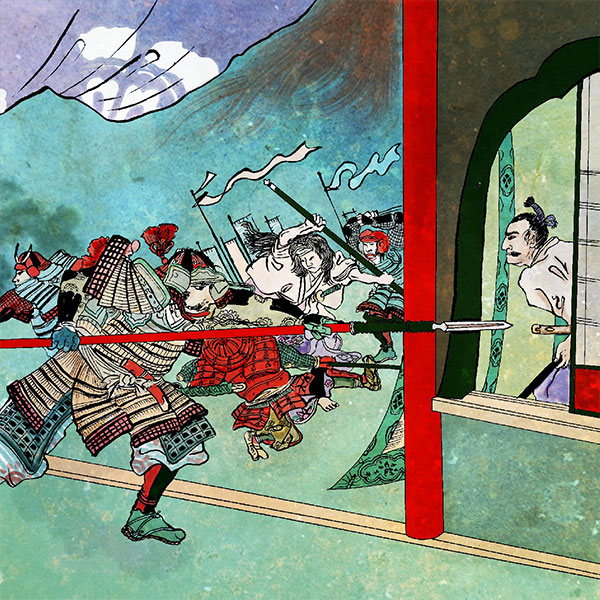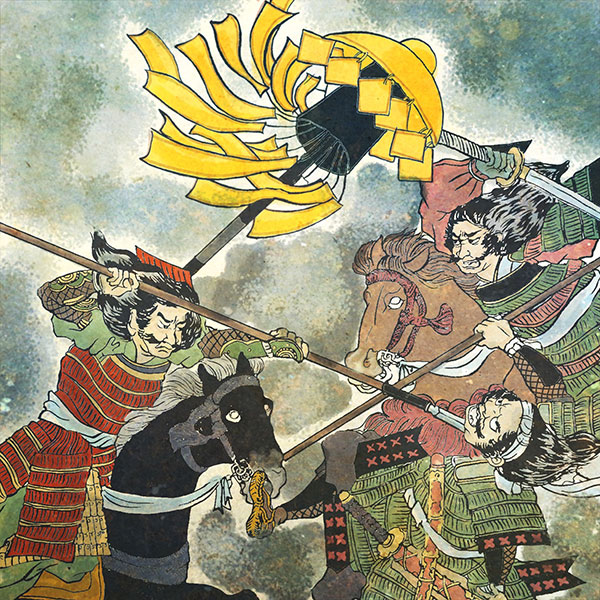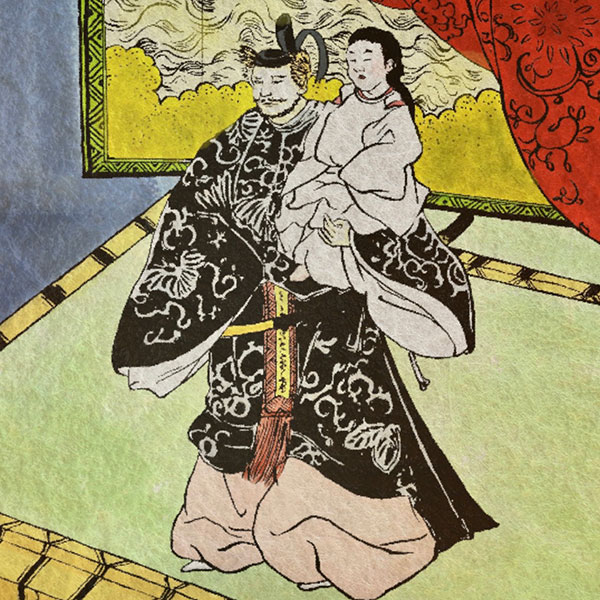Tsuneoki Ikeda (1/2)Oda Nobunaga's foster brother
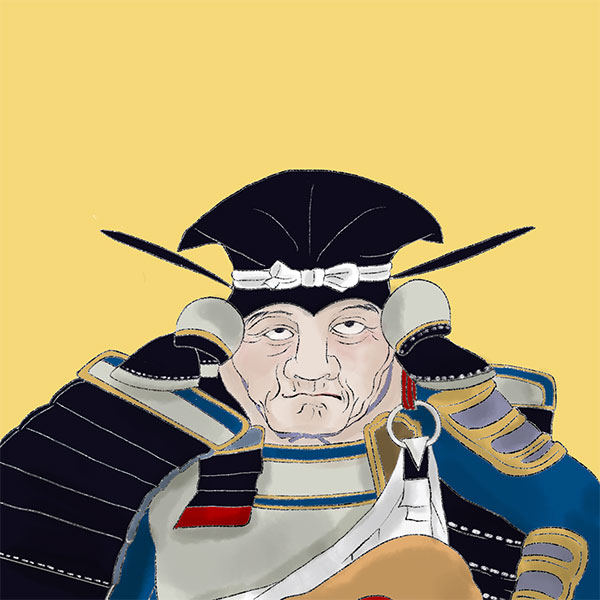
Tsuneoki Ikeda
- Article category
- biography
- name
- Tsuneoki Ikeda (1536-1584)
- place of birth
- Aichi prefecture
- Related castles, temples and shrines

Inuyama Castle
National treasure tower
Ogaki Castle
- related incident
During the Sengoku period, retainers that a warlord could trust wholeheartedly were valuable. However, being related to the same family did not necessarily mean that one could trust them, and it was not uncommon for brothers to sometimes fight over the succession. While Oda Nobunaga had many capable warlords under his command, Ikeda Tsuneoki, who was by his side as a foster brother, was a valuable presence. We will introduce the life of Ikeda Tsuneoki, who served Nobunaga from a young age as a page, and after Nobunaga's death, served Hashiba Hideyoshi (Toyotomi Hideyoshi) until his death at Nagakute.
From the birth to the lord of Inuyama Castle
He was born in Owari Province in 1536 as the son of Ikeda Tsunetoshi, a vassal of the Owari Oda clan. His mother was Yotokuin. His father Tsunetoshi is said to have died early, but his mother Yotokuin later became Oda Nobunaga's wet nurse. It is said that Nobunaga was a baby who would tease his wet nurse's nipples, but there is also a story that strangely, this was not the case with Yotokuin. Although the truth of this is uncertain, there is also a legend that she later became a concubine of Oda Nobuhide, Nobunaga's father.
Since his mother was Nobunaga's wet nurse, he began serving as a page close to Nobunaga from an early age.
It is said that they went beyond the relationship of foster brother or page and were like real brothers in a sense, as they accompanied Nobunaga as he ran through the fields and mountains.
After the death of Nobunaga's father, Nobuhide, conflict arose between Nobunaga and his younger brother, Nobukatsu (Nobuyuki). There were frequent quarrels between the two, and after Nobuhide's death, the Oda clan was divided into the Nobunaga faction and the Nobukatsu faction. Nobunaga's birth mother, Tsuchida Gozen, doted on Nobukatsu and is said to have been on his side, but Tsuneoki, who was raised as a foster brother, was of course on Nobunaga's side.
Then in 1557, the decisive incident occurred. Nobunaga lured out Nobukatsu, who was plotting a rebellion, by pretending to be ill, and Tsuneoki killed him.
Thus, the internal conflict within the Oda clan came to an end, but at this time the Oda clan had not yet been able to unify all of Owari. In May 1560 (Eiroku 3), the Battle of Okehazama took place against Imagawa Yoshimoto, but despite being outnumbered and at a disadvantage due to the difference in military experience, the Oda clan was able to win thanks in part to the unity of their vassals, including Tsuneoki. After that, he continued to fight in the conquest of Mino and other battles, earning the trust of Nobunaga and achieving success. As a result, he was made the lord of Inuyama Castle and awarded 10,000 kan as a reward for his efforts in the Battle of Anegawa in 1570 (Genki 1).
From Lord of Inuyama Castle to just before Honnoji Temple
Tsuneoki was given Inuyama Castle and earned the deep trust of Nobunaga, so he always took part in important battles to protect Nobunaga, such as the burning of Mount Hiei, the Nagashima Ikko Ikki Uprising, and the Battle of Makishima Castle.
In 1574, he entered Orito Castle in Higashino to control Akechi Castle, which had been taken by Takeda Katsuyori.
Tsuneoki continued to serve as a yoriki (police officer) for Oda Nobutada, and participated in the Battle of Arioka Castle in November 1578. In July 1580, he captured Amagasaki Castle and Hanakuma Castle in Settsu Province (Battle of Hanakuma Castle). After this battle, he was given Itami Castle. In June of the same year, he appointed Nakanishi Shinpachiro and others who were subordinates of Araki Murashige as yoriki (police officers).
In March 1582, following the death of Takeda Shingen, he sent his two sons to the allied forces of Oda and Tokugawa to invade Kaishu, and Nobunaga ordered him to remain in Settsu. In May of the same year, he was ordered to go to reinforce Hideyoshi's forces that were attacking Takamatsu Castle in Bitchu.
The Honnoji Incident, the Battle of Yamazaki, and the Kiyosu Conference
On June 2, 1582 (Tensho 10), his lord Nobunaga was killed in the Honnoji Incident due to a rebellion by one of his senior vassals, Akechi Mitsuhide. Tsuneoki, who was scheduled to go to reinforce Hideyoshi, joined Hashiba Hideyoshi who had returned from his attack on the Chugoku region and arrived in Amagasaki on June 11. At that time, it is said that he promised Toyotomi Hidetsugu to be Tsuneoki's son-in-law and that his second son, Terumasa (Terumasa), would be adopted by Hideyoshi.
At this time, Tsuneoki shaved his head (became a monk) and took the name Katsuiri. In the Battle of Yamazaki, he led 5,000 soldiers to the battle to mourn Nobunaga, and defeated Mitsuhide as the vanguard of the right wing, becoming a senior retainer of the Oda clan.
At the Kiyosu Conference, where senior retainers of the Oda clan gathered to discuss the succession of the Oda clan, they supported Nobunaga's eldest grandson, Sanboshi (Oda Hidenobu), along with Hideyoshi and Niwa Nagahide, in opposition to Shibata Katsuie and others.
One theory is that at this time, Hideyoshi had a secret agreement that said, "If you side with us, in return we will give you favorable terms by redistributing your territory," but the truth of this is unknown.
After the Kiyosu Conference, in the redistribution of territory, he gained 120,000 koku in Osaka, Amagasaki, and Hyogo in Settsu Province.
Tsuneoki moved to Osaka, Motosuke to Itami, and Terumasa to Amagasaki.
Although he did not take part in the Battle of Shizugatake in 1583, in which Hideyoshi Hashiba and Katsuie Shibata clashed, in May of the same year he was bestowed with 130,000 koku of land, formerly owned by Nobutaka Oda, and entered Ogaki Castle. Motosuke entered Gifu Castle.
The Battle of Komaki and Nagakute and the End
In 1584, the allied forces of Tokugawa Ieyasu and Oda Nobukatsu, who were dissatisfied with Toyotomi Hideyoshi's steady advance to become the ruler of Japan, came into conflict with Toyotomi Hideyoshi, leading to the Battle of Komaki and Nagakute.
There was much attention on which side Tsuneoki would side with, but he ended up joining the war on Hideyoshi's side.
The Ikeda Documents also tell the story that Hideyoshi had promised him the entire Owari province if he won this battle. After capturing Inuyama Castle in the first battle, he stopped at Kamijo Castle on the way, and then headed for Mikawa province, Ieyasu's home base, together with Miyoshi Nobuyoshi, Mori Nagayoshi (both of whom were Tsuneoki's sons-in-law), and Hori Hidemasa.
On April 9, he attacked Iwasaki Castle (Battle of Iwasaki Castle), then clashed with Ieyasu's forces, fighting alongside Motosuke and Nagayoshi but being killed. Tsuneoki is said to have been killed by Nagai Naokatsu. He died at the age of 49. His posthumous name was Gokokuin Yugaku Soei Daikoji, and Terumasa inherited the family headship.
The Ikeda family after that
Tsuneoki's second son, Terumasa, approached Tokugawa Ieyasu and became his son-in-law. After the Battle of Komaki and Nagakute, the Ikeda family, despite being outsiders, were treated as if they were members of the Tokugawa family, and gradually began to receive special treatment.
- related incident

- WriterTomoyo Hazuki(Writer)I have loved history and geography since my student days, and have enjoyed visiting historical sites, temples and shrines, and researching ancient documents. He is especially strong in medieval Japanese history and European history in world history, and has read a wide range of things, including primary sources and historical entertainment novels. There are so many favorite military commanders and castles that I can't name them, but I especially like Hisashi Matsunaga and Mitsuhide Akechi, and when it comes to castles, I like Hikone Castle and Fushimi Castle. Once you start talking about the lives of warlords and the history of castles, there's a side of you that can't stop talking about them.



